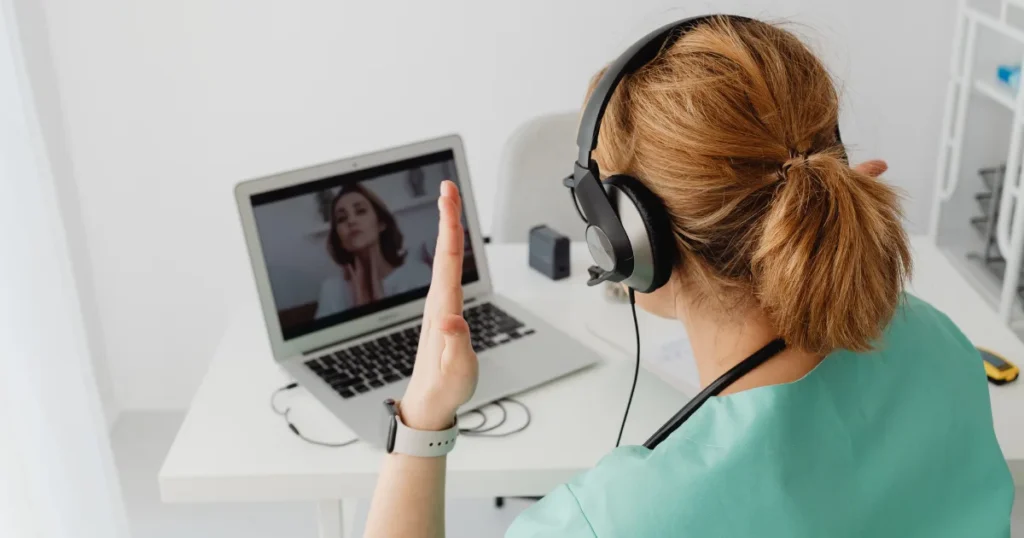How to Be a Better Listener: Mastering the Art of Active Listening

Today, let’s switch things up with something super practical — yet still powerful. We’re going to talk about how to be a better listener.
And I don’t mean the polite, “smile and nod” type of listening.
I mean the kind of listening that makes someone walk away thinking:
“Wow. That was such a great conversation. I really enjoyed talking to them.”
The other day, I met a company representative for maybe the second or third time. Honestly? This guy was an amazing listener.
So much so that I literally blurted out:
“You’re such a good listener, you know that?”
He laughed and said:
“I get invited to a lot of drinking parties.”
Clearly, I wasn’t the only one who had noticed his skill.
That small exchange made me think — what exactly makes someone a truly great listener? And more importantly, how can you become one?
After reflecting on our conversation, I realized it really comes down to three simple but powerful habits. So think before you act.
What Is Active Listening and Why It’s Key to Be a Better Listener
Active listening means you’re not just hearing someone’s words but you’re really paying attention to their thoughts, feelings, and the meaning behind what they say. It’s the difference between simply being there and truly being present.
When you listen actively, a conversation stops being one-sided. Instead, it becomes a genuine back-and-forth exchange where the other person feels understood and respected.
Think of it like this:
- Hearing is using your ears.
- Active listening is using your ears, mind, and heart together.
The 3 Main Parts of Active Listening
According to Harvard Business School experts Robin Abrahams and Boris Groysberg, active listening has three key parts:
- Cognitive (Mind) – This means focusing completely on what the person is saying, noticing both the clear points and the hidden messages in their words, tone, and body language. Then, you connect all the pieces so you fully understand.
- Emotional (Heart) – This means staying calm, patient, and empathetic. You control your emotional reactions so you don’t interrupt, judge, or make the other person feel uncomfortable.
- Behavioral (Actions) – This is how you show you’re listening. You nod, make eye contact, ask gentle questions, or give small verbal responses like “I understand” or “That’s interesting” to let them know you’re engaged.
3 Proven Tips to Be a Better Listener — Master the Art of Active Listening
Discover three simple yet powerful strategies to improve your listening skills, strengthen your relationships. And master the art of truly understanding others.”
1. Make the Other Person Feel Like You’re Genuinely Interested in Them
Great listening starts with genuine curiosity. Before our meeting, this man had actually read some of my past work — even reviews of my newsletter seminars.
So, when we sat down, he already had a sense of:
- What I do and care about
- My values and style
- My interests and preferences
It didn’t feel like small talk. Instead, it felt personal and thoughtful because he had done his homework.
But here’s the thing — this wasn’t only about research before the meeting. Even in casual conversations, he seemed naturally curious about what people think, like, and enjoy. That is rare.
The problem for most of us is that we think we’re showing interest, but we end up making the conversation about ourselves because we’re busy worrying about:
- Saying the right thing
- Being understood
- Making a good impression
When that happens, our focus turns inward — and curiosity fades.
Better approach: Let go of self-consciousness to be a better listener. So try to stay relaxed, open, and curious. See each conversation as an opportunity to learn about someone new, rather than a performance to impress.
2. Balance Vertical and Horizontal Questions
Another reason this person was so easy to talk to? He asked great questions — and he balanced them well.
There are two main types of questions:
- Vertical questions go deeper into the same topic:
- “What exactly do you mean by that?”
- “Why do you think that happened?”
- “What might happen next?”
- Horizontal questions move gently to related topics:
- “By the way, what other projects are you working on?”
- “How do you feel about that compared to last year?”
Why this works:
Vertical questions show that you’re listening closely and want more detail. They’re great when someone is in the middle of telling you something important.
However, every topic eventually runs out of steam. That’s when horizontal questions help by steering the conversation into fresh territory without making it feel abrupt.
The trick:
So to be a better listener don’t jump too far away. (because it can feel like you weren’t paying attention). And don’t stay too long in one spot (or you’ll end up circling the same point endlessly).
While listening, try splitting your focus:
- 50% on the words they’re saying
- 50% on their emotional energy
This way, you’ll sense whether to dig deeper or to move on.
Related- How to Make Your Voice Deeper: 14 useful tips
3. Practice Moderate Self-Disclosure
During our meeting, I spoke about 70% of the time, and he spoke about 30%. But that 30% was gold.
He shared just enough about his work, relationships, and bits of his personal life for me to get a real sense of who he was.
This is important because being a good listener doesn’t mean disappearing from the conversation. So if you only nod and never share, the exchange can feel robotic and one-sided.
Better approach:
- Listen fully first — without interrupting.
- Then, share your genuine perspective — without taking over.
That balance makes the other person feel heard while also letting them connect with you as a real person.
Because at the end of the day, great listening isn’t just about storing someone else’s words. It’s about making them feel:
“I’m talking to you, and this moment couldn’t be the same with anyone else.”
Final Thoughts
Some people are naturally great listeners. But even if it’s not your strength right now, you can improve dramatically by practicing these three habits to be a better listener.
- Show genuine interest in others.
- Balance vertical and horizontal questions.
- Share enough of yourself to make it a real exchange.
When you use these skills consistently, you’ll find that people start saying to you what I said that day:
“You’re such a good listener.”
And trust me — that’s one of the best compliments you’ll ever get.
Related- It’s not what you say, it’s how you say it: 32 tips on speaking well





